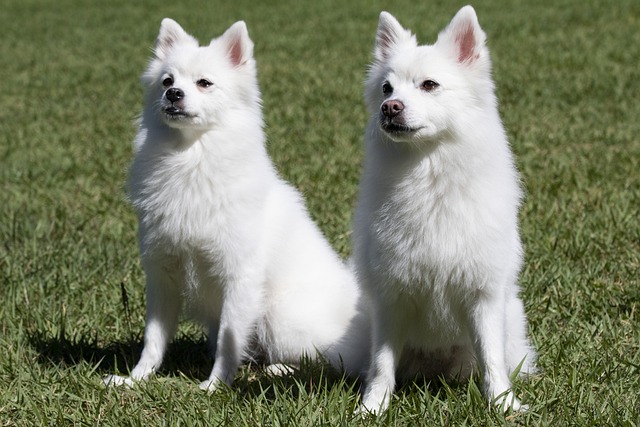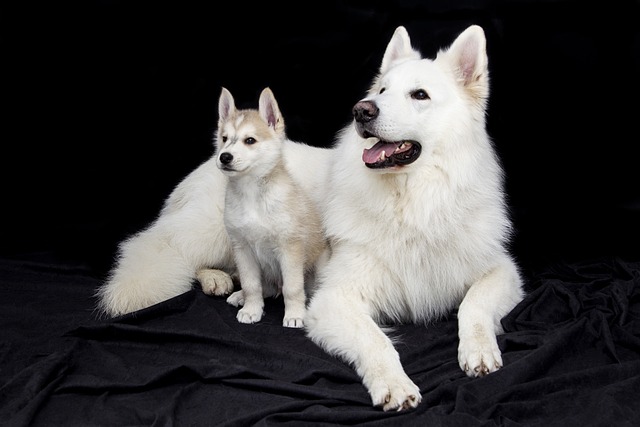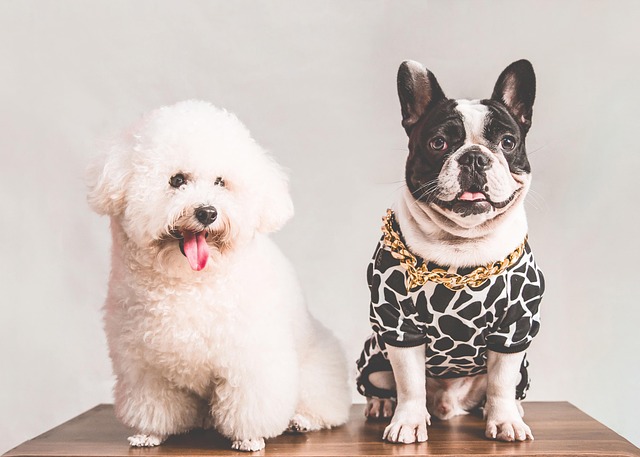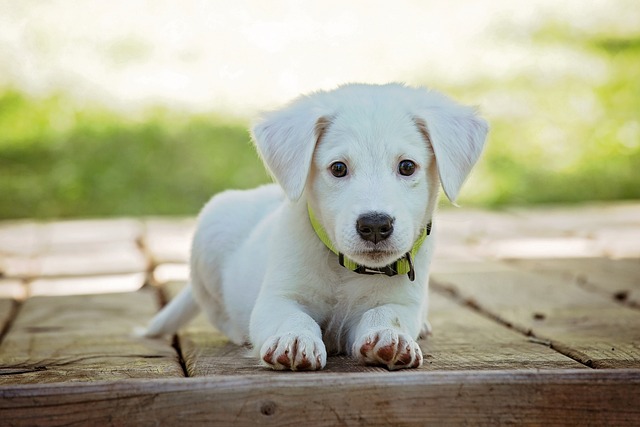
What causes arthritis in dogs?
Arthritis in dogs isn’t a single - cause issue. It’s a complex condition that can stem from multiple factors, often leaving our furry friends in discomfort and affecting their daily lives.
Let’s imagine you’re a new dog parent in Boston, snuggling with your 8-month-old pug, Bella, when you notice a musky, sour smell near her eyes. She blinks happily, but the odor lingers—you wonder, What’s causing this, and should I be worried? Dog eye odors are a common concern, especially for new owners, but understanding the root causes can help you keep your pup’s peepers fresh and healthy.
Most eye odors stem from tear residue and bacterial buildup. Dogs produce tears to keep their eyes clean, but breeds with facial folds (like pugs, Bulldogs, or Shih Tzus) or protruding eyes (such as Chihuahuas) often have excess tear drainage. These tears contain proteins that, when left uncleaned, mix with dirt, fur, and bacteria, creating a sticky brown discharge (called “tear stains”) that emits a musty smell. Think of it like leaving a wet dishcloth in a warm room—moisture plus time equals odor. In colder climates like Minnesota, dogs with long fur around the eyes (e.g., Golden Retrievers) may trap snowmelt or saliva, worsening the issue.
Underlying health issues can also be culprits. A bacterial or yeast infection (conjunctivitis), blocked tear ducts (common in Poodles), or allergies (to pollen in places like Austin’s spring) can increase discharge and odor. You might notice redness, squinting, or your dog rubbing their eyes—a signal to act fast, as untreated infections can lead to vision problems.

Here’s how to address the odor safely:
Start with gentle daily cleaning. Use a damp, warm cloth (or pet-safe eye wipes, available at U.S. pet stores like Chewy) to wipe the area under Bella’s eyes, moving from the inner corner outward. Avoid cotton swabs or human products (like baby wipes with alcohol), which can irritate delicate skin. For breeds with deep facial folds in humid places like Florida, pat the area dry after cleaning to prevent moisture buildup—bacteria love damp environments.
If tear stains are stubborn, try a vet-recommended solution: mixing a tiny amount of plain yogurt (with live cultures) or a pet-specific tear stain remover into your routine. These break down protein deposits without harsh chemicals. Regularly trim fur around the eyes (use blunt-tipped scissors or clippers on a low setting, like those used by groomers in NYC apartments) to prevent hair from rubbing against the eyes and trapping debris.
When to see a vet? If the odor is sudden, strong, or accompanied by discharge that’s green/yellow, thick, or bloody, schedule an appointment immediately. Your vet might test for infections, recommend eye drops, or suggest dietary changes (e.g., adding omega-3s for allergic dogs in California).
This ties into broader pet care responsibilities in the U.S. Regular eye care is part of “adequate veterinary care,” a legal requirement in all states under animal welfare laws. In public spaces, like Chicago’s dog parks, a clean-eyed dog is a sign of responsible ownership—just like carrying poop bags (fined up to $200 if forgotten) and ensuring vaccinations are current.
Cultural sensitivity matters too: Never punish your dog for eye discharge or odor. Scolding during cleaning sessions (common in stressed pups in Houston apartments) creates fear, making future care harder. Instead, use positive reinforcement: give treats before and after cleaning, turning the routine into a bonding moment. This aligns with the positive training methods embraced by organizations like the APDT, where patience and praise build trust, not tension.
For apartment dwellers in Seattle, storing eye wipes near your dog’s bed encourages daily upkeep, while those in sunny Phoenix should avoid letting their dog nap in direct sunlight—overheating can increase tear production. And remember, breed-specific care is key: a Bulldog in Miami needs more frequent fold cleaning than a short-haired Dalmatian in Denver.
In the end, addressing eye odors is about balance: regular hygiene, prompt vet care for issues, and respecting your dog’s unique needs. With consistency, Bella’s eyes will stay bright, odor-free, and a joy to nuzzle—proof that small daily steps go a long way in keeping your pup healthy and happy, whether you’re in a Maine farmhouse or a high-rise in L.A.

Arthritis in dogs isn’t a single - cause issue. It’s a complex condition that can stem from multiple factors, often leaving our furry friends in discomfort and affecting their daily lives.

Let’s picture a common scenario for new German Shepherd owners in a Seattle suburb: Your 8-month-old pup, Kaiser, used to bound up the stairs with ease

Discover gentle, stress-free ways to care for your dog’s teeth without battles—because their dental health is key to a happy, healthy pup.

Brown stains on your dog’s teeth reveal more than poor hygiene—they signal diet, health issues, or hidden disease requiring timely care and prevention.

Hydration for dogs isn’t one-size-fits-all—discover how to tailor water intake to your pet’s size, activity, climate, and health for thriving vitality.

Spot subtle signs to ensure your dog stays properly hydrated—key for their health, energy, and happiness. Learn what to watch for beyond just a water bowl.